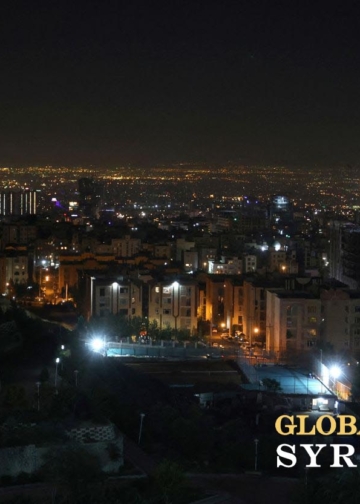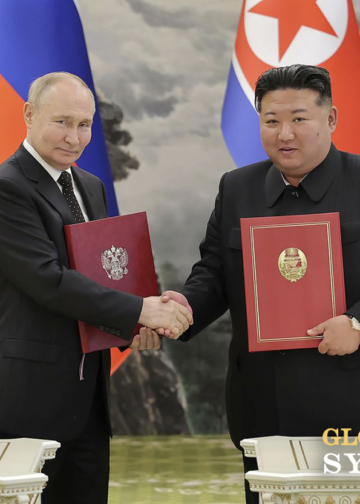On October 18, 2024, Cuba experienced a catastrophic nationwide blackout, plunging millions into darkness after the unexpected failure of the Antonio Guiteras thermoelectric power plant in Matanzas. This crisis marked the culmination of a growing energy shortage exacerbated by years of inadequate maintenance, fuel shortages, and economic challenges facing the island nation.
The Ministry of Energy and Mines announced the “total disconnection” of the national electricity system shortly after 11 a.m. local time, leaving around 10 million Cubans without power. As darkness fell, government officials scrambled to restore electricity, but uncertainty loomed over when services would resume.
In a state television address the previous evening, Prime Minister Manuel Marrero highlighted the government’s recent efforts to curb energy use, which included the suspension of classes, the closure of government offices, and the halting of operations at entertainment venues. “We have had to paralyze the economy to guarantee a minimum of electrical service,” he stated, acknowledging the severity of the crisis.
The blackout was not an isolated incident but rather a culmination of systemic issues that have plagued Cuba’s energy sector for years. The island has faced a persistent fuel shortage, primarily due to reduced shipments from its key oil suppliers, including Venezuela and Russia. In recent months, Cuba has received approximately half the amount of oil it did during the same period last year, compounding the energy crisis.
Experts note that while Cuba has dealt with intermittent blackouts in the past, the scale of the recent outage is unprecedented in modern times. The last major blackout occurred in 2022, following Hurricane Ian, which caused widespread damage. However, the current crisis is rooted in long-standing infrastructure failures and increased demand when power is restored, which further strains the already weakened grid.
“The economic consequences are disastrous, as shutting down operations affects the production of various goods,” stated William Leogrande, a Cuba specialist at American University. He added that the energy crisis poses a political risk for the Communist government, which has faced protests related to power outages and other shortages in recent years.
Cuban President Miguel Díaz-Canel emphasized the government’s commitment to resolving the energy crisis, writing on social media that authorities are prioritizing efforts to restore power and that there will be “no rest until [power] is reestablished.” However, he also attributed the situation to external factors, including the U.S. trade embargo, which he claims complicates Cuba’s ability to import oil and essential goods.
As millions grapple with the blackout, daily life has been severely disrupted. Residents across the island are adapting to the situation, using candles and lanterns to navigate their homes as they cope with the loss of electricity. In Cienfuegos, a resident expressed frustration over the prolonged outages, noting that the lack of power has hindered her children’s education and basic comforts like fans for relief from the heat.
Those who can afford it have turned to generators to mitigate the impact of the blackout, though the average salary in Cuba is around $10 a month, making such purchases unaffordable for many. Reports indicate that some electronics vendors in Havana have seen an uptick in sales of portable generators, which can cost up to $1,500.
As the Cuban government faces mounting pressure to resolve the crisis, the repercussions of this blackout will likely ripple through the economy and political landscape, further straining the relationship between the government and its citizens. The ongoing energy crisis continues to challenge the resilience of the Cuban people, who are left navigating an uncertain future amid the island’s deepening economic turmoil.



















